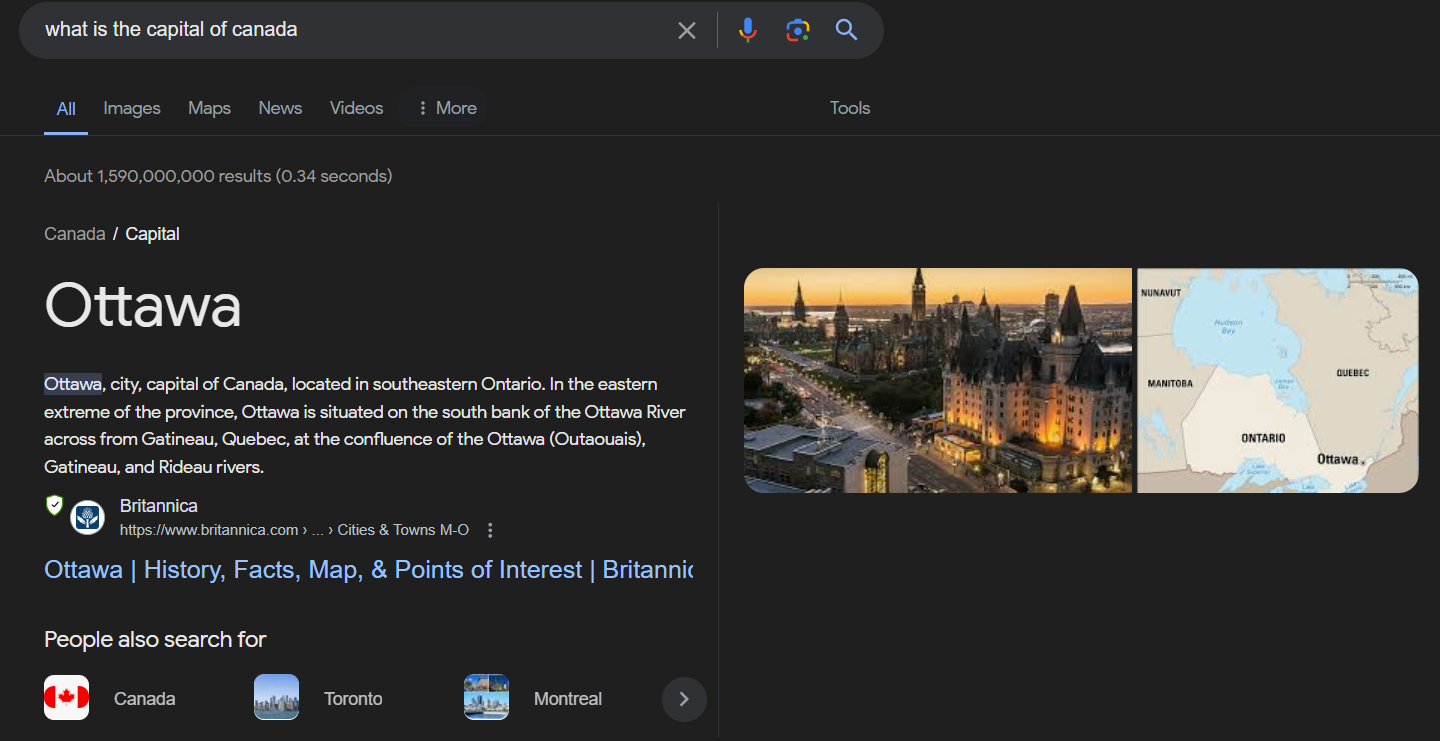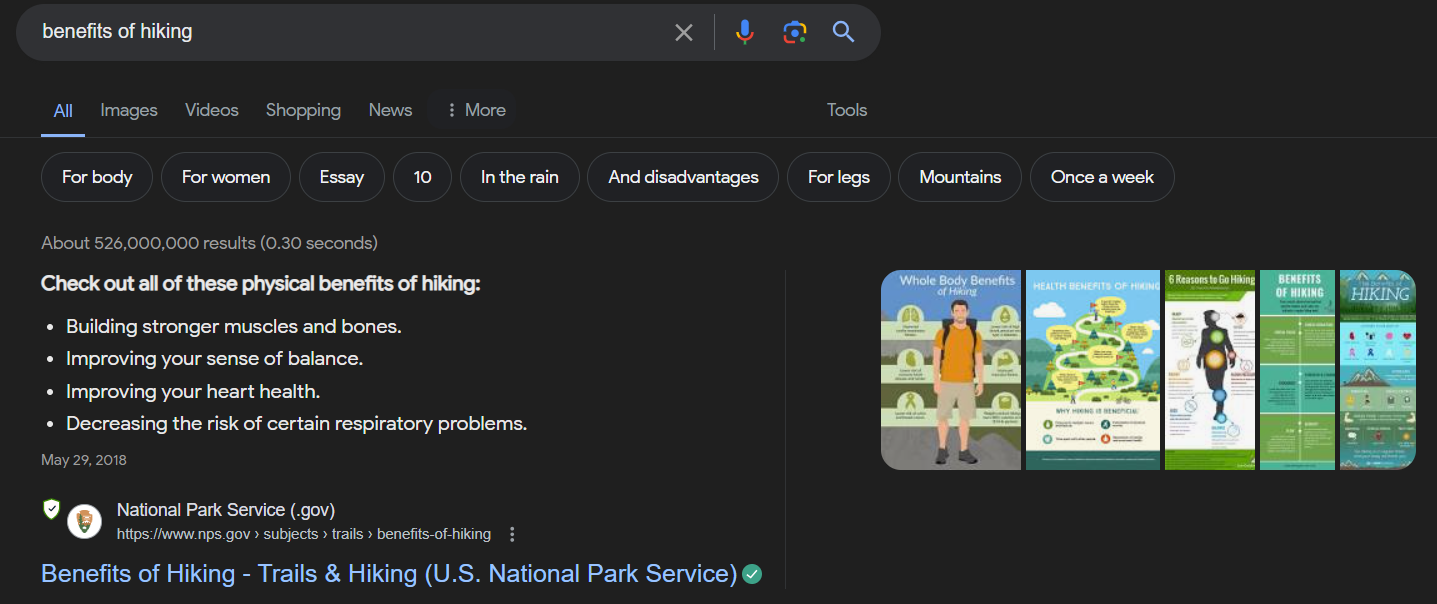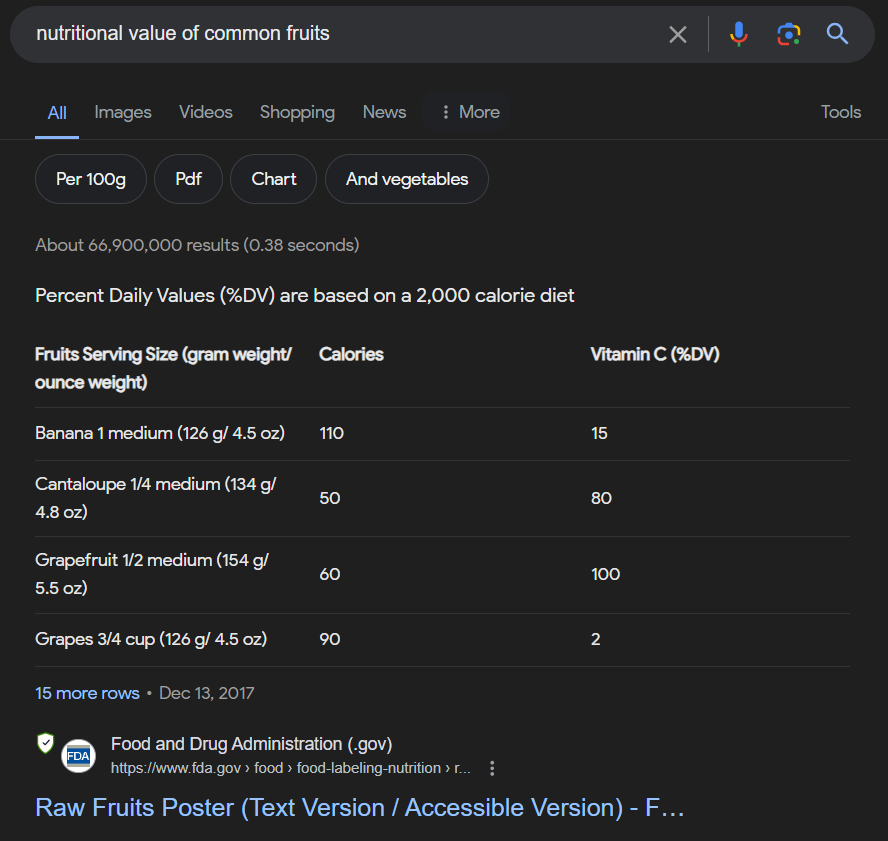Discover top guides, trends, tips and expertise from AIO Writers

Have you ever Googled a question and found the answer sitting right at the top of the search results, almost as if Google read your mind? Those are called featured snippets.
They’re not just any part of Google — they’re prime real estate on a search engine results page.
Featured snippets show up everywhere, answering questions we hadn’t even thought to ask yet.
So how does Google pick a website to be displayed as a featured snippet?
That is the secret that we’ll try to uncover in this blog post. Crack that code and your website will reach Position Zero in no time — skyrocketing visibility like nothing else.
Let’s get started.
Table Of Contents:
- What Are Featured Snippets?
- Types of Featured Snippets You Can Target
- Identifying Opportunities for Ranking in Position Zero
- How to Optimize Your Content for Google’s Featured Snippet Box
- How to Optimize Your Content for Voice Search Queries
- FAQs – Featured Snippets
- Conclusion
What Are Featured Snippets?
A featured snippet is that special box right at the top of a SERP, giving you an instant answer to your search query without clicking through pages. This golden spot automatically pulls content from web pages in Google’s index.
Let’s look at an example. I typed in the search phrase “what is a featured snippet” and this is what Google showed me.


A featured snippet is a concise summary of information that appears above the organic search listings. Featured snippets typically include a snippet of text from a webpage that Google deems as the most relevant and helpful in answering the user’s query, along with the page’s title and URL.
These snippets can take various forms such as paragraphs, lists, tables, or even videos, depending on the nature of the query and the content available on the web.
Why are featured snippets crucial for SEO?
Getting your content featured in a snippet can increase visibility and traffic to your website as it positions your site as an authoritative source for the given topic.
Imagine being the first name people see when they look for something on Google. Featured snippets put you front and center, above even the number one organic listing which marketers often call the Holy Grail of search marketing. Talk about visibility.
This spotlight isn’t just about bragging rights; it can significantly boost click-through rates, drive more traffic, and establish your credibility.
When someone asks Google a question, whether it’s “how to fix a leaky faucet” or “what is the best iPhone for taking pictures,” landing in that coveted featured snippet spot means you’ve got answers people trust.
In essence, mastering Google’s featured snippets, with their prime real estate position, is not just good SEO practice— it could be game-changing for how potential customers find and interact with your content online.
Types of Featured Snippets You Can Target
So you want to get on Google’s good side? Let’s talk about the different types of featured snippets you can target to boost your online visibility.
Paragraph Snippets
Paragraph snippets are concise summaries pulled from a webpage that directly answer a user’s question in a text format.
They’re ideal for questions like “what is” or “who is” and often appear at the top of search results to provide a quick answer.
In this example, I asked Google what is the capital of Canada:


Listicle Snippets
Listicle snippets are featured snippets displayed in an ordered or unordered list format. They’re perfect for answering “how-to” or “what are” questions that have multiple steps or results.
From Top 10 lists to step-by-step guides, they’re perfect for when readers want quick answers without digging through paragraphs.
Here’s Google’s response when I asked about the benefits of hiking:


Video Snippets
In some cases, Google might display a video snippet directly from YouTube that answers the search query. They appear in search results for questions that benefit from a visual demonstration, like “how to change a tire” or “how to make hard-boiled eggs.”
Video snippets provide a quick and engaging way to understand a concept. With more folks preferring video over text these days, STAT’s research shows how crucial these can be.
Here are three examples of video snippets:


Table Snippets
Table snippets turn numbers and info into easily digestible tables right in search results. If your content screams data visualization, this is where you shine.
Table snippets display information in a tabular format, ideal for comparing different items or data points. Think of a mini spreadsheet directly on the search results page.
Here are some examples of queries that might trigger a table snippet:
- Comparison queries: “Differences between cats and dogs,” “Features of various phone brands,” “Nutritional value of common fruits.”
- List with details: “Presidents of the United States and their terms,” “Capitals of European countries and their populations,” “Nobel Peace Prize winners by year.”
- Conversions: “Currency exchange rates,” “Convert meter to feet,” “Clothing size charts.”


Identifying Opportunities for Ranking in Position Zero
Gone are the days when just showing up on page one was enough. Now, it’s all about hitting that coveted position zero, also known as a featured snippet spot.
But how do you get there? Let’s break it down.
First off, let’s talk SEO strategy. To land a featured snippet, your content needs to be more than good; it needs to directly answer people’s questions. Think of Google as that friend who always has the answers. You want to be the whisper in their ear.
- Research: Start by digging into what pops up in those snippets for queries related to your niche.
- Analyze: Look at the current holder of position zero and ask yourself: What tweaks can I make to my content so it more effectively tackles this inquiry?
- Create: Craft content that fills any gaps left by existing snippets. Aim for clarity and conciseness.
The secret sauce? Understanding user intent and optimizing for organic search. Yes, keywords matter but answering questions matters even more. By focusing on providing clear answers within your content structure, you’re already ahead of your competitors.
How to Optimize Your Content for Google’s Featured Snippet Box
Did you know that featured snippets get 35.1% of all clicks?
Getting featured in a Google snippet can really boost your website’s visibility and credibility. Being at the top of SERPs means more people are likely to click on your content because it’s the first thing they see.
Plus, it tells users that Google sees you as a trusted source, which can build up your authority in your field. And hey, with more people finding your website through snippets, you’ll likely see more traffic coming your way.
So, it’s definitely something worth aiming for if you want to stand out online and attract more visitors to your site.
Now how do you optimize your content to get picked for that golden spot?
1. Write With Search Intent in Mind
Nailing search intent is crucial. Understand what users are seeking when they make a particular query. This involves analyzing the types of questions users ask and crafting your content to directly address those queries.
By comprehensively addressing user intent, you increase the likelihood of your content being selected for a featured snippet.
2. Focus on Question Keywords
Many featured snippets are triggered by question-based queries, so incorporating question keywords naturally into your content can help.
For example, using phrases like “how to,” “what is,” or “best ways to” can signal to search engines that your content provides answers to specific questions users might have.
3. Use “What is” Headers
This format signals to Google that your content provides a clear definition or explanation of a topic, which is often what users are looking for when they make informational queries.
Crafting headers that directly pose common questions related to your topic can improve your chances of being selected for a snippet.
4. Define a Topic in Short Sentences
Google tends to favor snippets that provide comprehensive yet concise answers to user queries. By summarizing the main points or providing a brief overview of the topic in two to three sentences, you increase the likelihood of your content being selected for a featured snippet.
5. Match The Featured Snippet Format
Analyze the existing snippets for your target keywords and tailor your content to match the format commonly used.
Whether it’s a paragraph, list, table, or video, aligning your content structure with what Google favors can improve your chances of being featured.
6. Structure Your Content for Easy Crawling
Making your content easy for Google bots to crawl is like laying out a welcome mat. Use headings, bullet points, or lists whenever possible. This doesn’t just help Google; it makes life easier for your readers too.
- Title tags: Make sure they’re clear and include your main keyword.
- H1s and H2s: Break down sections clearly with descriptive headers.
- Bullets and Lists: Perfect for steps or key points – plus, Google loves these in featured snippets.
The bottom line? Meet users’ needs with laser-focused answers and structure your piece so both humans and search engines can digest it easily.
How to Optimize Your Content for Voice Search Queries
Let’s talk voice search. You’ve seen it in action — maybe you’re even a fan yourself, asking Siri or Google Assistant to dish out the weather forecast or play your favorite tunes. But when it comes to searching, things get interesting.
Voice searches are like that friend who always asks questions but never wants a long story. They want quick, straight-to-the-point answers. This is where featured snippets become the star of the show.
Featured snippets give users exactly what they’re looking for without any fluff. So if someone asks their virtual assistant a question, it’s a snippet that often provides the answer.
- Make sure your material straightforwardly resolves frequently asked questions tied to your subject matter.
- Structure answers clearly using headings and lists so Google can easily find them.
- Dive into specifics; think about long-tail keywords folks might use when speaking rather than typing.
In December 2023 reports from Statista, we learned that 35% of US households have smart speakers — that’s huge. And guess what? Most interactions with these devices involve seeking information through voice queries answered by featured snippets.
Your mission? Craft content that nails those direct responses people seek during voice searches.
Remember: Be concise, be clear, and directly tackle those burning questions on everyone’s mind.
FAQs – Featured Snippets
What is a featured snippet?
A featured snippet is a concise summary of information displayed at the top of Google’s search results in response to a user’s query. It aims to provide users with a quick answer to their questions without requiring them to click through to a website.
Featured snippets typically appear in paragraph, list, table, or video format, depending on the nature of the query and available content on the web. They are displayed along with the page’s title and URL, making it easier for users to find more information if needed.
How do I find featured snippets?
To find featured snippets, simply enter a query into the Google search bar. If Google identifies a relevant featured snippet for your query, it will appear at the top of the search results page, typically before the organic search listings.
Why are featured snippets important for SEO?
Featured snippets are important for SEO because they offer website owners and content creators an opportunity to gain prime visibility at the top of Google’s search results. By securing a featured snippet, your content is showcased prominently, often above even the top organic search results, increasing the likelihood of attracting clicks and traffic to your website.
Additionally, featured snippets enhance your brand’s credibility and authority, as Google selects content that it deems as providing valuable and relevant answers to user queries. Being featured in a snippet also helps to establish your website as an authoritative source in your niche, potentially leading to higher levels of trust from users.
What is a snippet example?
A snippet is a condensed answer to a search query, displayed directly on the search results page. It can come in various formats like text summaries, bulleted lists, or tables depending on the question. They’re a handy way to get a quick answer without needing to click through websites.
Conclusion
Featured snippets present a valuable opportunity for website owners and content creators to enhance their online visibility, credibility, and user engagement. By understanding how featured snippets work and implementing strategies to optimize content for them, you can improve your chances of securing that coveted spot at the top of Google’s organic results.
Whether you’re aiming to provide quick answers to user queries or establish your website as an authoritative source in your niche, featured snippets offer a powerful means to achieve your SEO goals.
As you continue to refine your content strategy, consider hopping on the AI train to create optimized content that resonates with both search engines and your target audience. With the help of an all-in-one brand growth platform like BrandWell, you can streamline the process of crafting high-quality content that’s tailor-made for featured snippets, ultimately driving more traffic and engagement to your website.

UNLOCK YOUR POTENTIAL
Long Headline that highlights Value Proposition of Lead Magnet
Grab a front row seat to our video masterclasses, interviews, case studies, tutorials, and guides.



